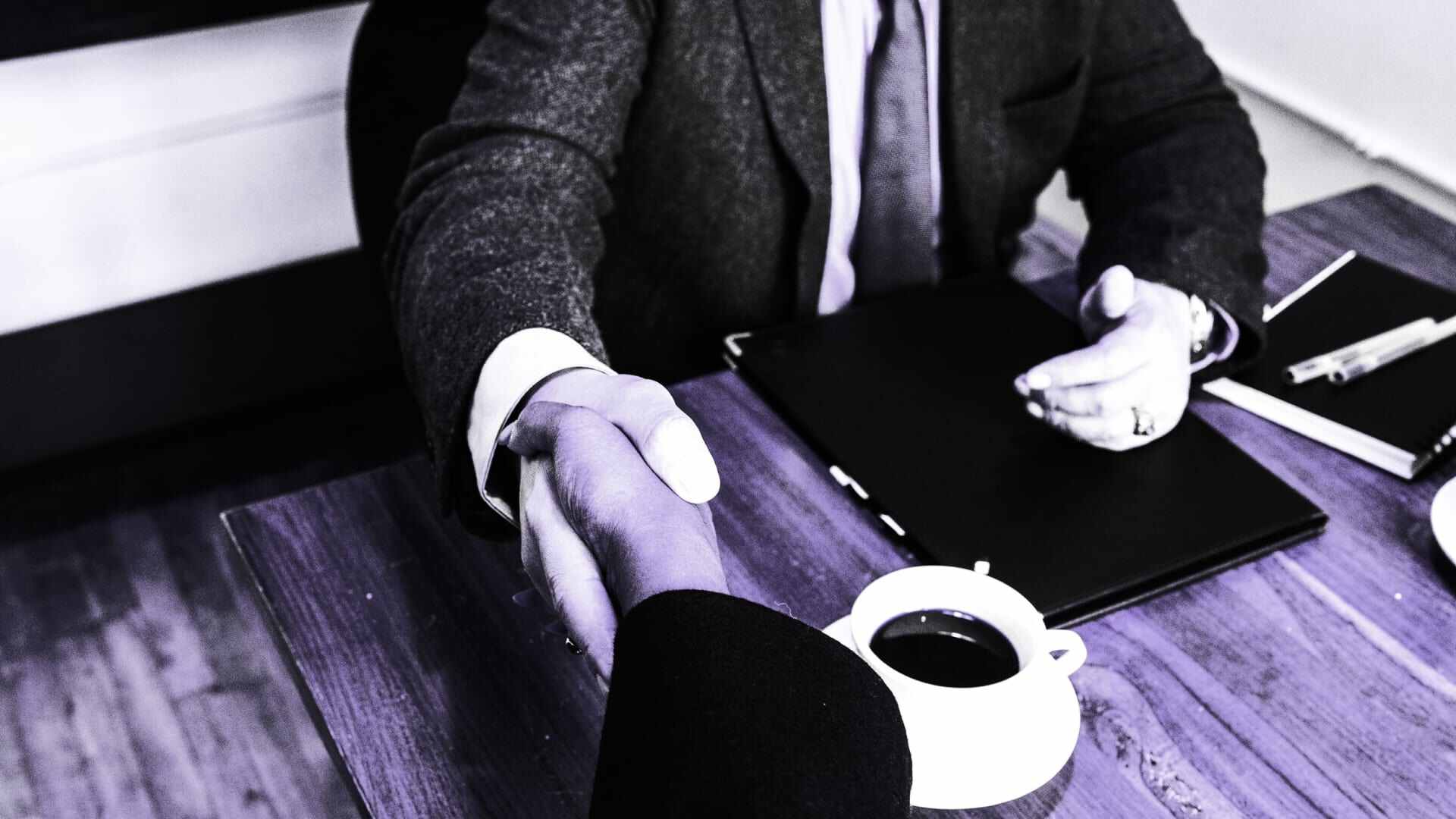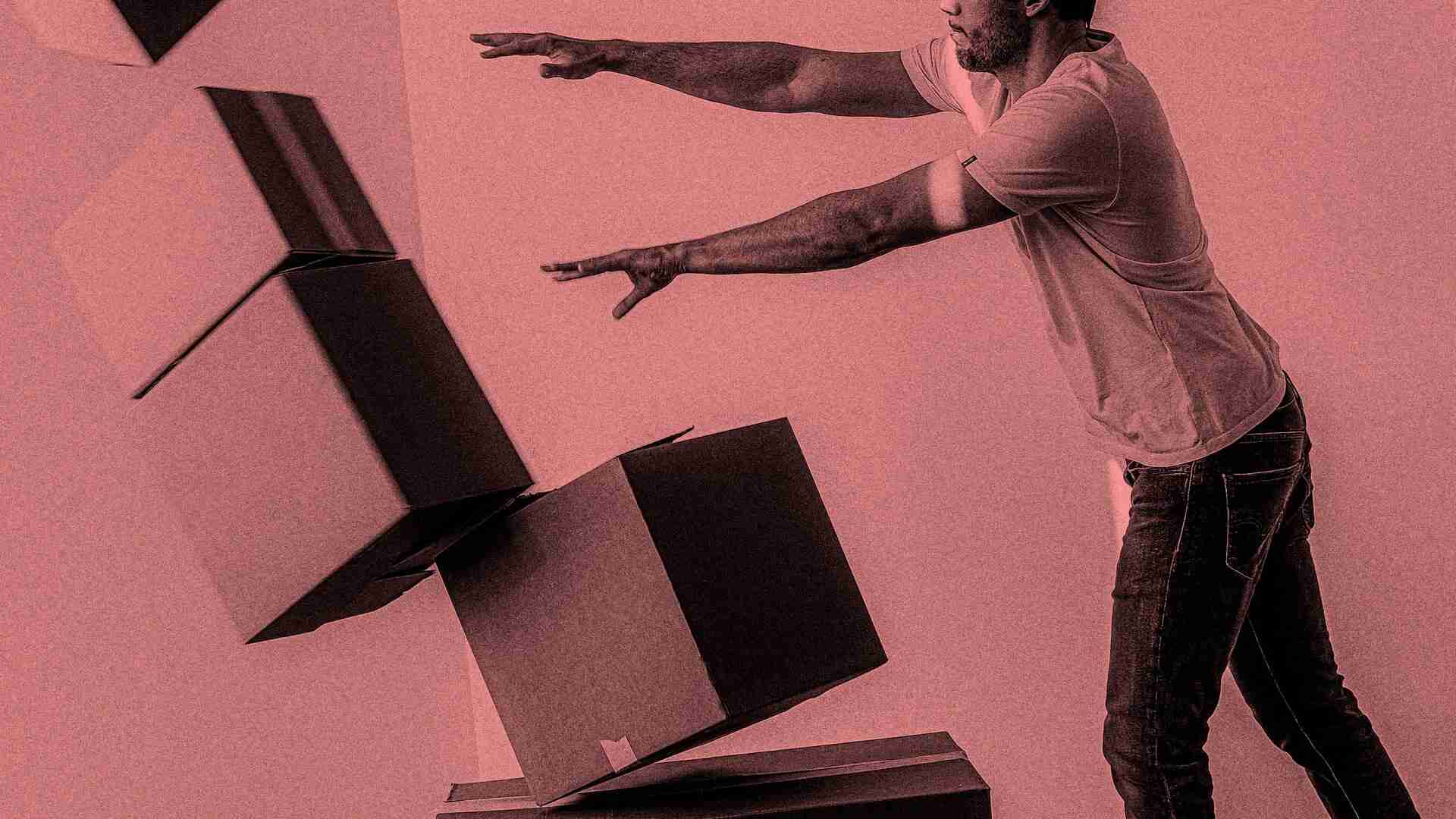- | 10:30 am
This is why we need to end dress codes for work
Ritu Bhasin, a fierce advocate for authenticity in the workplace, says it’s the fear of being judged that pushes people to conform to dress codes they hate. At what cost?

The pandemic changed many aspects of our work life, including where we work from, and for so many of us, that’s now in the comfort of our homes. Given that we’ve settled into a hybrid or fully virtual work experience, it gives rise to a few questions: What happens to dress codes? And can we finally do away with the need to wear business attire when we’re working in Zoomland?
We know employees enjoy working virtually for several reasons, including the flexibility to dress in ways that help us to feel more authentic and comfortable. In fact, in a recent survey, more than 80% of people said they performed better at work when dressed comfortably, while 76% said casual work attire creates better connections between colleagues.
Working in comfy clothes during the pandemic has led us to see we can be excellent at our jobs without donning formal attire. It underscores that pre-pandemic dress codes, whether for the virtual or in-person office, are now outdated, and casual workwear is the future. In fact, some employees are ready to take a stand— in the same survey, some millennial employees stated they would consider quitting if forced to dress in standard professional attire again.
Many of us don’t want to feel pressured to put on makeup, wear a dress or blazer, or suppress our authenticity going forward. We want the freedom and flexibility to dress in ways that better reflect who we are—which is fundamental for cultivating inclusion, equity, high morale, and productivity at work.
The problem is that many industries continue to push wardrobe rules that largely tie back to the norms of homogenous white male-led leadership teams, and that appearance-based bias still runs rampant. Appearance-based bias is the tendency to judge others negatively based on how they look. It’s about assessments we make about clothing, jewelry, body art, and makeup, but it’s also about evaluating physical attributes like racial/ethnocultural identities and features, height, weight, and more.
Since it connects with cultural identities, it won’t be surprising to hear this bias disproportionately affects people of color, women, and other communities that experience marginalization. And it’s highly prevalent. In a recent study, more than one in four employees responded they experience appearance-based discrimination.
In this new hybrid world, leaders have the opportunity to make a bold and significant shift on creating cultures of authenticity and belonging. Instead of continuing to perpetuate workplace personas and images that feel stiff and exclusionary, they should do away with formal workplace dress codes whether they’re for virtual or in-person work. If you’re a leader and wondering where in the world you even start with this, here are a few suggestions.
Start by asking your teams about how they want to dress at work, and dig into what would lead them to feel the most comfortable and engaged. Then, with the feedback in hand, act on what you hear, even if it doesn’t align with what’s in your heart. Most importantly, you must work hard to interrupt your appearance-based biases. In other words, do the difficult, but critical, self-reflection work of tuning in to identify how you’re judging people who look and dress in ways you don’t favor. This is a must. As a fierce advocate for authenticity in the workplace, I can tell you it’s the fear of being judged that pushes people to suppress who they are, which includes conforming to dress codes they hate.
If you’re worried that doing away with dress codes will cause employees to take it too far (they’ll show up in pajamas), know this: the slippery slope argument strikes at inclusion. You need to trust that your employees will exercise good judgment and, if and when a few don’t, have one-on-one conversations with them instead of closing the door to belonging for everyone.
If you’re concerned about what your clients will think about your team wearing Tt-shirts and not blazers, you can dress casually and still be excellent (which you probably already know, since you’ve been doing this for a few years now). Besides, your clients probably want to dress more informally, too. And if your team really does need to wear more formal business attire for client meetings, then create narrow and specific guidelines for these limited situations, while empowering them to exercise choice in all other moments.
This is what it looks like to create workplace cultures that are rooted in authenticity, belonging, inclusion, and trust. And given all the upheaval and strain on how we’re working right now, this will be a welcome change.
Finally, I’m not just talking these words—, I’m living by them. As I write this article, I’m in my home office rocking dirty hair, wearing no make-up, and sporting a third-day unwashed T-shirt, which I’ll still have on when I turn shortly to client business meetings via Zoom. And I’ll still be excellent while doing this.






































